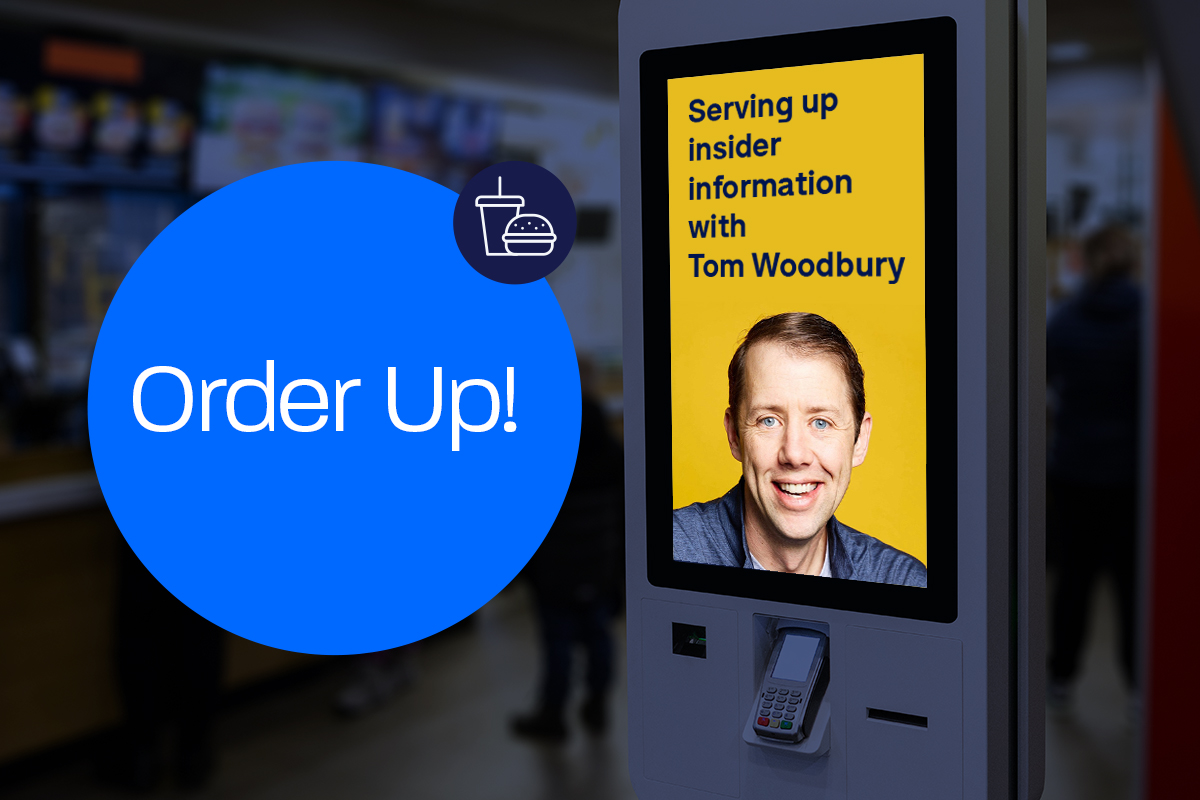NRF 2023, the Retail’s Big Show, made its way back to the Javits Center in New York City, bringing together leaders, innovators, attendees, and exhibitors from across the world and the industry.
Overall, it appears that retailers are looking to stabilize and address current conditions – labor shortages, increases in overall cost of goods – and dive deeper into ways they can make an impact to the bottom line with cost efficiencies.
For food service operators and restauranteurs in particular, two key themes emerged from the sessions at NRF. Many are looking at tech innovation to automate routine tasks, tackle the ongoing workforce shortage, and shift spend from front of house (FOH) operations to back of house (BOH) instead.
Automate Everything You Can to Combat the Ongoing Employee Shortage
For food tech operators, automating mundane tasks took center stage and became a recurring theme over the three-day conference.
From logging temperatures in refrigerators and freezers to food prep and production using robots, eliminating manual, labor-intensive tasks are priority for restaurant leaders. One major reason – time. Automation gives your employees time back and their satisfaction is key given the criticality of employees in today’s climate. Plus, it allows them to focus on higher-value tasks, such as providing better and faster service to customers. Many are considering it as a cost-savings measure when you consider that it costs $6,000 to replace an employee in the QSR space.
One enterprise who understands the value in automation is Starbucks. The coffee conglomerate deployed MachineQ’s digital temperature monitoring solution to automate their food safety processes and free up time for their employees to focus on customers. In nine months, MachineQ installed and connected more than 115,000 devices across nearly ~10,000 of its US stores.
According to Venkat Venkatakrishnan, SVP of Partner and Customer Solutions, the value driver was clear, “we wanted to give baristas time to talk and connect with our customers. The human element is important. Our menu is defined by our customers. There may be 52 beverages available but by the time you customize it and get what you want, it ends up being 3,500 items on the menu.”
By eliminating the need for baristas to manually conduct a mundane task, Starbucks is realizing ROI by essentially finding a way to shorten the wait time for customers. “The money, the tech, the payback is all great, but what matters most is the store managers. They have a lot to do. If we can take one thing off their plate, that is a great result.”
To learn more about how Starbucks is leveraging IoT to drive automation, watch the full NRF session recording below.
Celebrity chef Robert Irvine noted that automation is vital to the shifting demands and focus on BOH operations. He anticipates there will be consolidation and integration of technology for efficiencies. Chef Irvine, who is using MachineQ’s digital temperature monitoring solution in his Philadelphia-area distillery, is seeing the efficacies and notes, “We ship nationwide. Imagine if my refrigeration goes down. I can’t deliver bad bottles. I now know the inventory that’s affected.” He adds that for his business, it’s about more than refrigeration, it’s about technology, like IoT, providing solutions to real problems.
Finally, James Boushka of Aramark says that enterprises are poised for profitability with automation in place because they can be more consistent, productive, and differentiate themselves.
Simply put, automation future-proofs businesses.
Focus on Back of House Operations
While many panelists spoke of the value and ways automation can help combat the ongoing labor conundrum, others are seeing automation and technology making inroads with BOH operations.
According to Bruce Hoffmeister of Cracker Barrel, in-room dining, and staffing are still well below pre-pandemic levels. And until recently, technology investments have predominantly focused on front-of-house operations to ensure quick-service brands and retailers meet customers where they want to be met. Customizations, catering to individual preferences, but at scale, and innovative delivery options created during the pandemic are examples of FOH investments in recent years. However, many are making a shift and look to double-down on tech spend for operational gains and bottom-line savings.
For example, with a water leak detection solution, enterprises can mitigate risk and avoid costly damages by triggering alerts when leaks are detected, so operators or other third-party systems can take immediate action, such as automatically shutting off valves.
Regardless of the goals business leaders seek, the bottom line is clear: retailers are leaning into technologies, like IoT, to automate, innovate, and streamline operations for today and well into the future.







